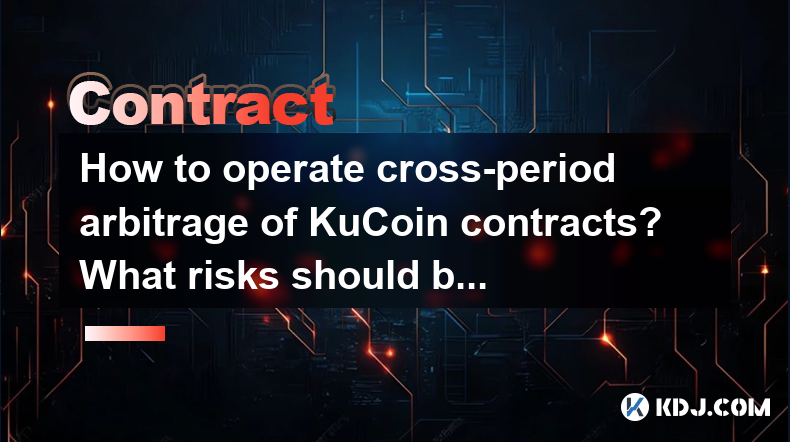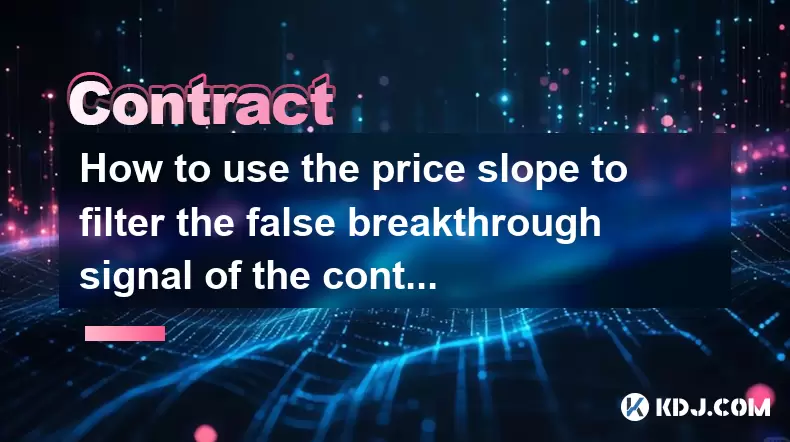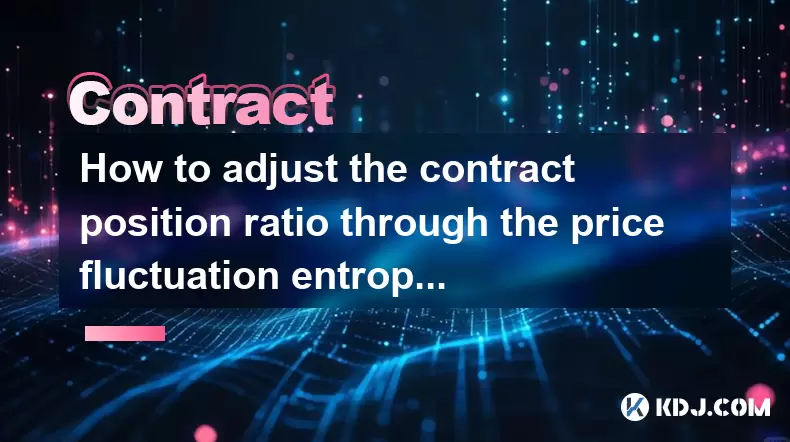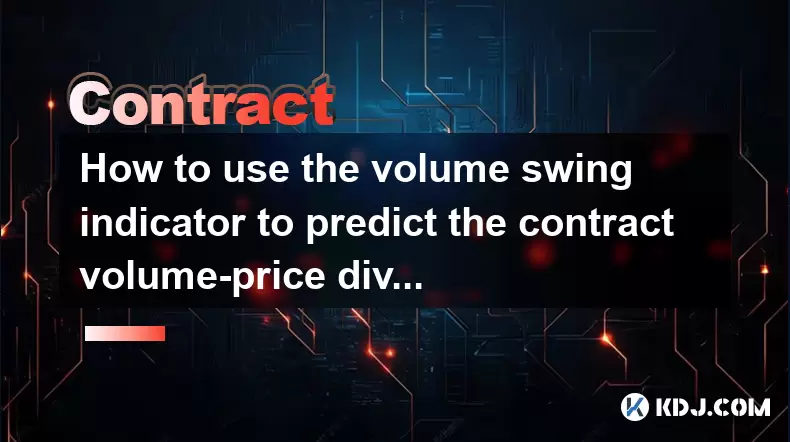-
 Bitcoin
Bitcoin $107,443.3008
-1.17% -
 Ethereum
Ethereum $2,494.2503
-0.63% -
 Tether USDt
Tether USDt $1.0003
0.00% -
 XRP
XRP $2.2496
2.23% -
 BNB
BNB $658.7569
0.63% -
 Solana
Solana $154.9826
1.94% -
 USDC
USDC $1.0000
0.01% -
 TRON
TRON $0.2799
1.07% -
 Dogecoin
Dogecoin $0.1659
-1.78% -
 Cardano
Cardano $0.5745
0.25% -
 Hyperliquid
Hyperliquid $39.7005
0.13% -
 Bitcoin Cash
Bitcoin Cash $519.5989
3.78% -
 Sui
Sui $2.7874
-2.40% -
 Chainlink
Chainlink $13.3762
-1.69% -
 UNUS SED LEO
UNUS SED LEO $9.0784
-0.64% -
 Avalanche
Avalanche $17.9846
-2.81% -
 Stellar
Stellar $0.2390
-0.06% -
 Toncoin
Toncoin $2.9028
0.25% -
 Shiba Inu
Shiba Inu $0.0...01147
-2.17% -
 Litecoin
Litecoin $86.6956
-1.27% -
 Hedera
Hedera $0.1508
-0.50% -
 Monero
Monero $322.6222
3.26% -
 Polkadot
Polkadot $3.4124
-2.99% -
 Dai
Dai $0.9999
0.00% -
 Bitget Token
Bitget Token $4.5434
-1.97% -
 Ethena USDe
Ethena USDe $1.0002
0.00% -
 Uniswap
Uniswap $7.1562
-2.61% -
 Aave
Aave $275.8830
-1.02% -
 Pepe
Pepe $0.0...09790
-4.04% -
 Pi
Pi $0.5018
-5.09%
How to operate cross-period arbitrage of KuCoin contracts? What risks should be paid attention to?
Cross-period arbitrage on KuCoin involves exploiting price differences of assets across different contract periods, but it comes with complexities and risks.
May 05, 2025 at 04:29 am

Introduction to Cross-Period Arbitrage on KuCoin Contracts
Cross-period arbitrage on KuCoin contracts involves exploiting price differences of the same asset across different contract periods. This strategy can potentially yield profits by buying a contract in one period and selling it in another where the price is higher. However, it comes with its own set of complexities and risks that traders need to be aware of. In this article, we will explore how to operate cross-period arbitrage on KuCoin contracts and the risks that should be carefully monitored.
Understanding KuCoin Contracts
Before diving into the arbitrage strategy, it's crucial to understand the basics of KuCoin contracts. KuCoin offers various types of contracts, including perpetual contracts and futures contracts with different expiration dates. Perpetual contracts do not have an expiration date, while futures contracts have specific expiration dates. Cross-period arbitrage typically involves trading between these different types of contracts.
Steps to Operate Cross-Period Arbitrage on KuCoin
To execute cross-period arbitrage on KuCoin, follow these detailed steps:
- Log into your KuCoin account: Ensure you have a verified account with sufficient funds to cover your trades.
- Navigate to the Contracts section: From the main menu, select 'Contracts' to access the trading interface.
- Select the asset for arbitrage: Choose the cryptocurrency you want to arbitrage, such as Bitcoin (BTC) or Ethereum (ETH).
- Analyze the contract periods: Look at the available contract periods for the selected asset. For example, you might see a perpetual contract and a futures contract expiring in one month.
- Compare the prices: Check the current prices of the contracts across different periods. Identify any significant price discrepancies that could be exploited for arbitrage.
- Execute the trade: If you find a profitable opportunity, buy the contract in the period where it is cheaper and simultaneously sell it in the period where it is more expensive.
- Monitor the positions: Keep a close eye on your open positions and be ready to close them when the price difference narrows or disappears.
Tools and Resources for Effective Arbitrage
To enhance your arbitrage strategy, consider using the following tools and resources:
- Trading bots: Automated trading bots can help you execute trades faster and more efficiently. Some bots are specifically designed for arbitrage opportunities.
- Price tracking tools: Use tools that provide real-time price data across different exchanges and contract periods. This can help you spot arbitrage opportunities more quickly.
- Risk management software: Implement software that can help you manage your exposure and set stop-loss orders to mitigate potential losses.
Risks Associated with Cross-Period Arbitrage
While cross-period arbitrage can be profitable, it comes with several risks that traders must be aware of:
- Market risk: Prices can move against your positions, leading to losses. The price difference you are trying to exploit may not last long enough for you to execute your trades.
- Liquidity risk: If the contracts you are trading have low liquidity, you may not be able to buy or sell at the desired prices, which can affect your arbitrage strategy.
- Execution risk: There is a risk that you may not be able to execute both legs of the arbitrage trade simultaneously, leading to potential losses.
- Counterparty risk: When trading on exchanges, there is always a risk that the counterparty may default on their obligations.
Managing Risks in Cross-Period Arbitrage
To manage the risks associated with cross-period arbitrage, consider the following strategies:
- Diversify your trades: Instead of focusing on a single asset, spread your arbitrage trades across multiple assets to reduce the impact of any single trade going wrong.
- Use stop-loss orders: Set stop-loss orders to automatically close your positions if the market moves against you beyond a certain threshold.
- Monitor market conditions: Keep an eye on market news and events that could affect the prices of the contracts you are trading.
- Start small: Begin with smaller trades to gain experience and confidence in your arbitrage strategy before scaling up.
Practical Example of Cross-Period Arbitrage on KuCoin
Let's walk through a practical example of cross-period arbitrage on KuCoin:
- Scenario: You notice that the price of a Bitcoin perpetual contract is $30,000, while the price of a Bitcoin futures contract expiring in one month is $30,500.
- Action: You decide to buy the perpetual contract at $30,000 and simultaneously sell the futures contract at $30,500.
- Execution: You execute the trades, buying 1 BTC perpetual contract and selling 1 BTC futures contract.
- Outcome: If the price difference narrows or disappears, you close both positions, potentially making a profit of $500 per BTC minus any trading fees.
Frequently Asked Questions
Q: Can cross-period arbitrage be automated on KuCoin?
A: Yes, cross-period arbitrage can be automated using trading bots that are designed to identify and execute arbitrage opportunities. However, it's important to thoroughly test and monitor any automated system to ensure it performs as expected.
Q: How do trading fees affect the profitability of cross-period arbitrage on KuCoin?
A: Trading fees can significantly impact the profitability of cross-period arbitrage. You need to factor in both the buying and selling fees for each leg of the trade. Make sure the price difference you are exploiting is large enough to cover these fees and still yield a profit.
Q: Is cross-period arbitrage suitable for beginners?
A: Cross-period arbitrage can be complex and risky, making it less suitable for beginners. It requires a good understanding of the market, quick execution, and effective risk management. Beginners should start with simpler trading strategies and gain experience before attempting arbitrage.
Q: How can I identify the best times for cross-period arbitrage on KuCoin?
A: The best times for cross-period arbitrage can vary, but they often occur during periods of high market volatility or when significant news events are expected. Use price tracking tools to monitor the market and identify when price discrepancies are most likely to occur.
Disclaimer:info@kdj.com
The information provided is not trading advice. kdj.com does not assume any responsibility for any investments made based on the information provided in this article. Cryptocurrencies are highly volatile and it is highly recommended that you invest with caution after thorough research!
If you believe that the content used on this website infringes your copyright, please contact us immediately (info@kdj.com) and we will delete it promptly.
- Donald Trump, TRUMP Memecoin, and the Latest Move: A New York Perspective
- 2025-07-01 17:10:12
- Cardano, Solana, XRP: Navigating the Crypto Seas in Q3 2025
- 2025-07-01 16:30:12
- Bitcoin Holders and the Price Hold: What's the Deal?
- 2025-07-01 16:50:26
- ChatGPT, Crypto Trading, and a $100K Profit: AI's Edge in the Wild West
- 2025-07-01 16:30:12
- Mutuum Finance Presale vs. Dogecoin: A New Challenger Approaches?
- 2025-07-01 16:50:26
- Memecoins to Buy in July 2025: Riding the Hype Wave
- 2025-07-01 17:10:12
Related knowledge

How to use the price slope to filter the false breakthrough signal of the contract?
Jun 20,2025 at 06:56pm
Understanding the Concept of Price Slope in Contract TradingIn contract trading, especially within cryptocurrency derivatives markets, price slope refers to the rate at which the price changes over a specific time period. It helps traders assess the strength and sustainability of a trend. A steep slope may indicate strong momentum, while a shallow slope...

How to determine the expected volatility of the contract through the volatility cone?
Jun 19,2025 at 12:28pm
Understanding the Basics of Volatility in Cryptocurrency ContractsIn the realm of cryptocurrency trading, volatility is a key metric that traders use to assess potential risk and reward. When dealing with futures contracts, understanding how volatile an asset might become over time is crucial for position sizing, risk management, and strategy developmen...

How to formulate a contract intraday trading plan in combination with the pivot point system?
Jun 21,2025 at 03:42pm
Understanding the Basics of Pivot Points in Cryptocurrency TradingPivot points are technical analysis tools used by traders to identify potential support and resistance levels. These levels are calculated using the previous day's high, low, and closing prices. In the context of cryptocurrency trading, where markets operate 24/7, pivot points help trader...

How to adjust the contract position ratio through the price fluctuation entropy?
Jun 22,2025 at 11:42am
Understanding Price Fluctuation Entropy in Cryptocurrency ContractsIn the world of cryptocurrency futures trading, price fluctuation entropy is a relatively new concept used to measure market volatility and uncertainty. It derives from information theory, where entropy refers to the degree of randomness or unpredictability in a system. In crypto contrac...

How to use the volume swing indicator to predict the contract volume-price divergence?
Jun 18,2025 at 11:42pm
Understanding the Volume Swing IndicatorThe volume swing indicator is a technical analysis tool used primarily in cryptocurrency trading to evaluate changes in volume over time. Unlike price-based indicators, this metric focuses solely on trading volume, which can provide early signals about potential market reversals or continuations. The key idea behi...

How to use the Gaussian channel to set the contract trend tracking stop loss?
Jun 18,2025 at 09:21pm
Understanding the Gaussian Channel in Cryptocurrency TradingThe Gaussian channel is a technical indicator used primarily in financial markets, including cryptocurrency trading, to identify trends and potential reversal points. It is based on statistical principles derived from the normal distribution, commonly known as the Gaussian distribution or bell ...

How to use the price slope to filter the false breakthrough signal of the contract?
Jun 20,2025 at 06:56pm
Understanding the Concept of Price Slope in Contract TradingIn contract trading, especially within cryptocurrency derivatives markets, price slope refers to the rate at which the price changes over a specific time period. It helps traders assess the strength and sustainability of a trend. A steep slope may indicate strong momentum, while a shallow slope...

How to determine the expected volatility of the contract through the volatility cone?
Jun 19,2025 at 12:28pm
Understanding the Basics of Volatility in Cryptocurrency ContractsIn the realm of cryptocurrency trading, volatility is a key metric that traders use to assess potential risk and reward. When dealing with futures contracts, understanding how volatile an asset might become over time is crucial for position sizing, risk management, and strategy developmen...

How to formulate a contract intraday trading plan in combination with the pivot point system?
Jun 21,2025 at 03:42pm
Understanding the Basics of Pivot Points in Cryptocurrency TradingPivot points are technical analysis tools used by traders to identify potential support and resistance levels. These levels are calculated using the previous day's high, low, and closing prices. In the context of cryptocurrency trading, where markets operate 24/7, pivot points help trader...

How to adjust the contract position ratio through the price fluctuation entropy?
Jun 22,2025 at 11:42am
Understanding Price Fluctuation Entropy in Cryptocurrency ContractsIn the world of cryptocurrency futures trading, price fluctuation entropy is a relatively new concept used to measure market volatility and uncertainty. It derives from information theory, where entropy refers to the degree of randomness or unpredictability in a system. In crypto contrac...

How to use the volume swing indicator to predict the contract volume-price divergence?
Jun 18,2025 at 11:42pm
Understanding the Volume Swing IndicatorThe volume swing indicator is a technical analysis tool used primarily in cryptocurrency trading to evaluate changes in volume over time. Unlike price-based indicators, this metric focuses solely on trading volume, which can provide early signals about potential market reversals or continuations. The key idea behi...

How to use the Gaussian channel to set the contract trend tracking stop loss?
Jun 18,2025 at 09:21pm
Understanding the Gaussian Channel in Cryptocurrency TradingThe Gaussian channel is a technical indicator used primarily in financial markets, including cryptocurrency trading, to identify trends and potential reversal points. It is based on statistical principles derived from the normal distribution, commonly known as the Gaussian distribution or bell ...
See all articles

























































































